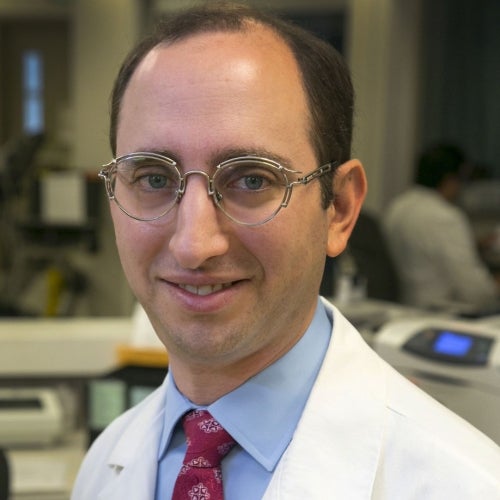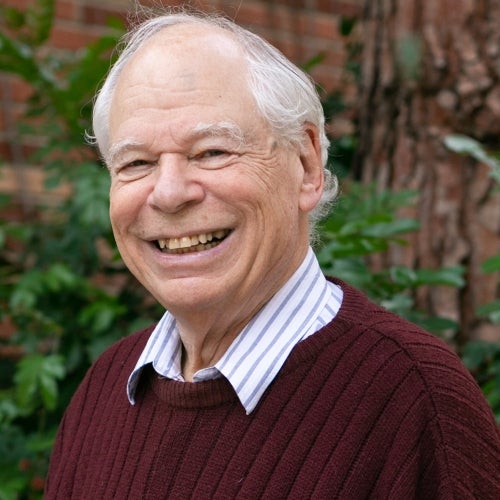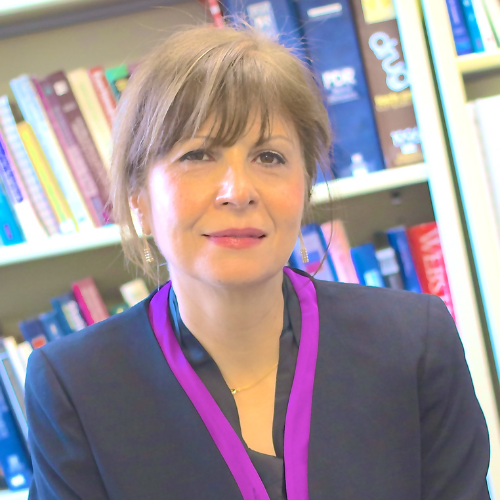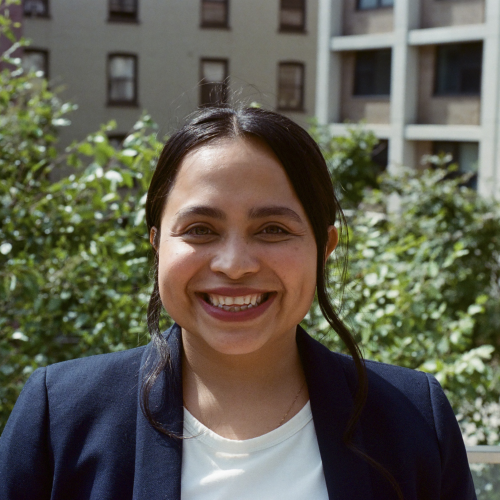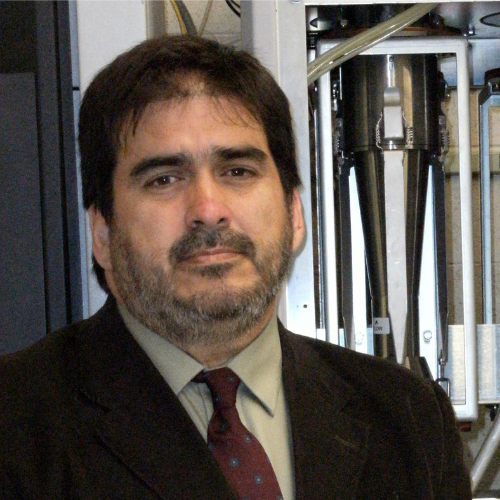Student Perspectives: Environmental Health Sciences

Ensuring Equitable Climate Mitigation Policies
Qiao Yu
PhD Candidate, Environmental Health Sciences

Witnessing air pollution’s devastation in low- and middle-income countries, particularly among the vulnerable, sparked my interest in environmental engineering. But my undergraduate journey revealed that technical solutions alone couldn’t fully address this complex issue. Seeking a broader understanding, I studied environmental economics and policies at the graduate level, exploring the dynamics of policy implementation and public policy economics. Now, as a PhD candidate at UCLA Fielding under the guidance of Dr. Yifang Zhu, I am part of a multidisciplinary team working to make climate mitigation policies, such as the zero-emission vehicle policy, more equitable. We aim to improve climate and air quality — and, crucially, to alleviate the long-standing health burdens of disadvantaged communities in California.
UCLA’s rich, interdisciplinary ecosystem has shaped my approach to these grand challenges. With colleagues from FSPH’s Department of Environmental Health Sciences, the UCLA Samueli School of Engineering, the UCLA Department of Atmospheric & Oceanic Sciences, and the UCLA Luskin Center for Innovation, we’re developing a scalable, replicable, analytical framework to resolve similar issues. Melding technical, economic, and social perspectives, I’m committed to crafting comprehensive solutions to reduce air pollution, foster environmental justice, and mitigate climate change. My journey at UCLA has not only prepared me academically, but has instilled in me a deep sense of purpose and determination to make a difference.
Reducing Wildfire Pollution
Claire Bekker
PhD Student, Environmental Health Sciences

As an undergraduate studying earth and environmental sciences, I was interested in the cyclical impacts of human activity on the environment, especially when it comes to air quality. Returning home to the San Francisco Bay Area over the summer, I witnessed this firsthand. With wildfires raging across the state, the sky was cloaked in a thick, orange haze. While some residents were able to stay indoors and avoid the worst effects of smoke exposure, others had to brave the dangerous and sometimes deadly air pollution to work and continue with their daily lives.
Learning about the widespread impacts of wildfire smoke on communities’ health, I wanted to understand how we can mitigate such extreme pollution events through practices such as prescribed burning. Used by indigenous communities a millennium before European colonization of the Western U.S., prescribed burning is the controlled application of fire to reduce forest fuel load and restore ecosystems.
Working with Dr. Miriam Marlier and other researchers at UCLA and beyond, I want to evaluate the trade-offs of how smaller, more frequent prescribed burns will affect air pollution compared to large wildfires, along with the efficacy of prescribed burns in preventing future wildfires and reducing their severity. I hope my research will help inform land-management practices in this fight.
Fighting Job-Related Health Hazards
Dorothy Nguyen
MS Student, Environmental Health Sciences

Environmental contaminants are in the air we breathe and the water we drink; that was more than apparent in my previous research on childhood lead exposure from schools, parks, and homes in Los Angeles. People often don’t get to choose where they work and live, so to be exposed to hazards in places where we are supposed to be safe and making a living is unjust. The same principles of environmental exposure apply to occupational settings, but are even more concentrated and intensified. I witnessed this through my dad, who has multiple trigger fingers after years of uncomfortable repetitive motion in his assembly line work.
I have characterized the properties of coal dust and its effects on lung cells in my FSPH graduate research with Dr. Candace Tsai. Employers are better able to pinpoint changes that can be made to improve worker health and safety if they know what hazards are present and what characteristics of those hazards make them so dangerous. We found that in the mining environment, smaller particles appear to be the most toxic. Small coal particles are expected to increase because more productive mining equipment generates finer particle emissions. I hope to apply this type of proactive hazard anticipation throughout my career as an occupational safety and health professional.
Addressing Disparities in Climate Effects
Alique Berberian
PhD Student, Environmental Health Sciences

I became passionate about public health and environmental justice issues while I was an undergraduate student. Two experiences were particularly formative: I studied health disparities among indigenous populations during a semester abroad in Chile, and an internship at the United Nations introduced me to major global policy challenges, like threats from climate change.
My doctoral research at FSPH is centered around human exposure to environmental and climate-related hazards from an environmental justice perspective. Working with Dr. Lara Cushing, I use geospatial, statistical, and epidemiological methods to study the health equity implications of climate change, and the effects of extreme weather events on excess contaminant releases from hazardous sites.
Climate change has been linked to more intense hurricanes in parts of the U.S., posing health and safety risks to communities in hurricane-prone areas. Limited resources for preparedness and recovery, as well as disproportionate flooding, contribute to health disparities following extreme storms. Research has also highlighted disparities related to unintentional contaminant releases during hurricanes. Since industries utilizing toxic substances are disproportionately located in communities of color, these communities often face higher risks. Through my research, I hope to improve scientific understanding of these issues and inform regulatory decision-making to reduce disparities and prevent exposure to contaminants related to future climate hazards.
Faculty Referenced in this Article

Dr. Hankinson is a Distinguished Professor of Pathology and Laboratory Medicine, and of EHS, and Chair of the Molecular Toxicology IDP

Associate Professor for Industrial Hygiene and Environmental Health Sciences

Industrial Hygiene & Analytical Chemistry

Associate Professor for Industrial Hygiene and Environmental Health Sciences

Dr. Hankinson is a Distinguished Professor of Pathology and Laboratory Medicine, and of EHS, and Chair of the Molecular Toxicology IDP

Industrial Hygiene & Analytical Chemistry



